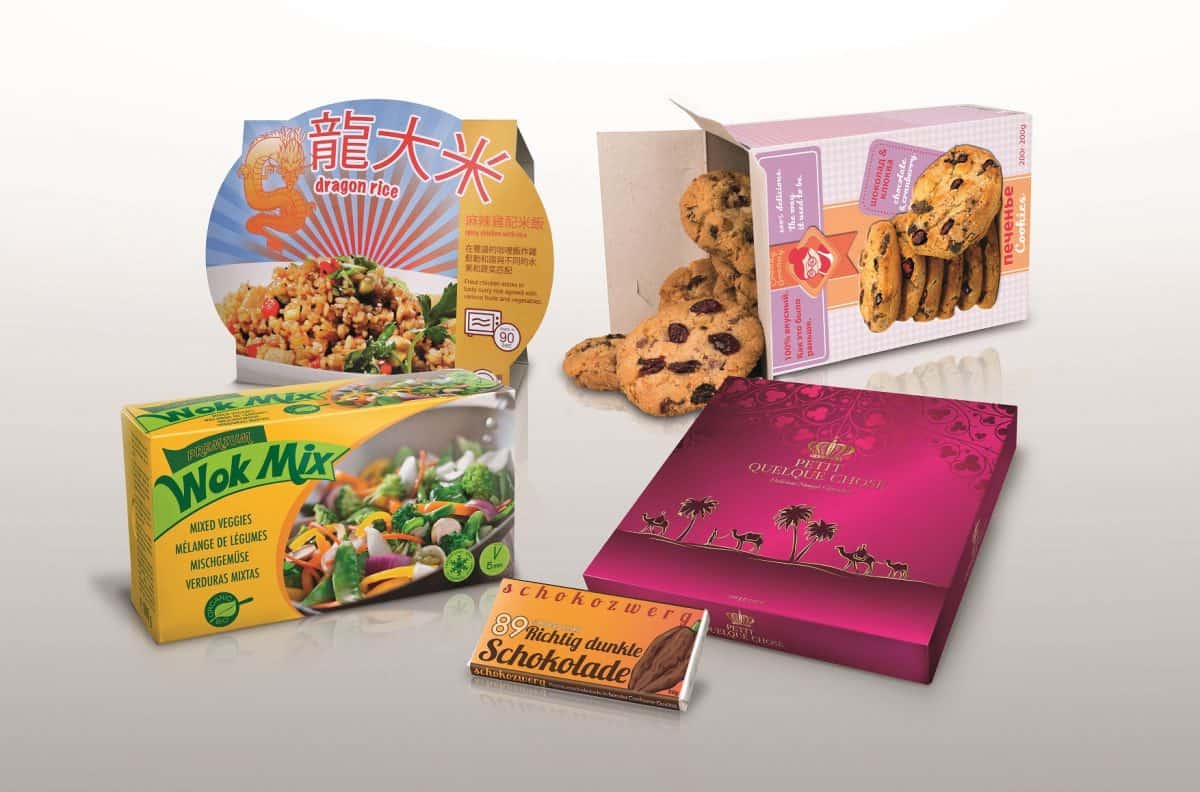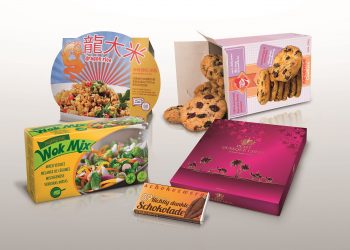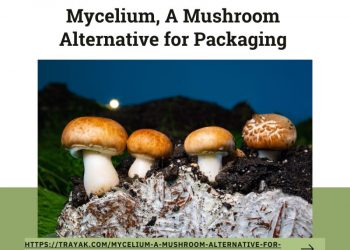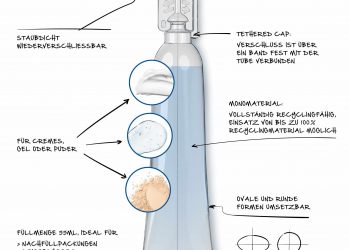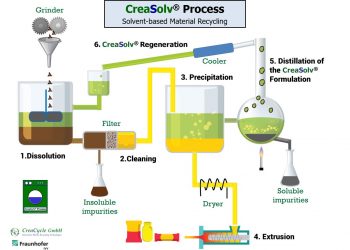Producing food packaging as well as printing on food contact materials inevitably involves exposure to specific consumer safety concerns. These are triggered from various sides, such as from regulatory authorities all over the globe, which aim to protect consumers from potential risks originating from the food packaging – from brand owners, who strive to protect their precious brand from all negative influences also resulting from packaging material alerts – and last but not least from NGO’s representing consumer concerns and not to forget, from critical consumers themselves.
Safe Packaging Inks – a must have
Packaging is an essential tool to make products standout from the competition. Beyond the shelf appeal, packaging also provides protection to the contents from physical, chemical and microbiological hazards. However, a lesser known fact is that the same packaging material could also be a source of chemical contaminants and hence may impact food safety as well as food quality. Among the different components of packaging material, packaging inks play a critical role as they might hamper product and consumer safety. Each packaging ink is a mixture of different chemicals and some of these chemicals might be harmful with the potential to migrate through the packaging to the food stuff. In terms of hazard, the chemicals could be toxic, carcinogenic, mutagenic, toxic to reproduction and even endocrine disruptors.
Health risk associated with Mineral oils:
The toxicology of MOH depends very much on its mixture and the substances involved.The most critical fraction is represented by PAH with three to seven rings and no or little alkylation. These substances are genotoxic carcinogens, whereas some highly alkylated MOAH can act as tumour promoters but are not able to initiate cancer themselves. Nevertheless, MOAH can accumulate in the human body and therefore the German BfR recommends, that migration of MOAH into food should not be detectable.
In humans exposed to MOSH, microgranulomas have been observed in different organs for substances with a range between C16-C35, whereas no adverse effect was observed for MOSH between C10-C13. Even if these microgranulomas are considered of lower toxicological concern, the German BfR recommends, in this case, the minimisation of the migration of MOSH into food according to the As Low asReasonable Achievable (ALARA) principle.
Mineral oil free inks – A Global Trend:
Mineral Oils as a huge group of chemicals have earned disrepute globally for their bad toxicological profile. Several research studies have confirmed the migration of mineral oils into the food, even from outer packaging, while some of the recent studies have even got wide attention from the media as well as consumers. The uptake of specific MOHs is seen as a potential health hazard, as some saturated mineral oils (MOSH) may accumulate in human tissue while some Aromatic Mineral Oils (MOAH) may cause cancer. The manifold adverse effects make it an issue related to consumer safety and occupational safety. This is also the reason why several global brand owners have restricted or even completely banned the usage of mineral oils in ink formulations intended for food packaging material of their products. For several years now, even the global ink manufacturers don’t recommend the use of these hazardous mineral oils for Food packaging atleast in developed markets like Europe.
Legal obligations for Packaging Safety:
Food Safety and Standards Authority of India (FSSAI) has already raised the bar on packaging safety by bringing in Food Safety and Standard’s (Packaging) Regulations, 2018, which has made it mandatory to make use of safe inks, for which the reference is outlined as IS 15495 as well as defined the concept of “Food Grade” for the market. In India, FSSAI has given the primary responsibility to food business operators to ensure that the packaging material complies with the Food Safety and Standard (Packaging) Regulations, 2018.
Furthermore, BIS has also upgraded the IS 15495 making following amendments, which are now enforced since 1st July 2021:
- Sum of concentration levels of lead, cadmium, mercury and chromium (VI) shall not exceed 100 ppm for printing inks.
- Addition of toluene, DBP, DiNP, titanium acetylacetonate to the existing Annex A, which lists the materials and substances that needs to be excluded from printing ink formulations.
As per the amendments made, toluene will no longer be allowed to be used as a solvent in printing inks intended for food applications thus ensuring safe packaging for consumers.
Mineral oils free inks contradicts the Food safety concept:
FSSAI has defined the term “Food Grade”. The standard clearly indicates that a packaging material is to be considered food grade when the material is made of substances which are safe and suitable for their intended use, and shall not endanger human health or result in unacceptable change in the composition of the food or organoleptic characteristics. The uptake of specific MOHs is seen as a potential health hazard, as some saturated mineral oils (MOSH) may accumulate in human tissue while some Aromatic Mineral Oils (MOAH) may cause cancer. Mineral oil-based inks use mineral oils as a solvent and for the same reason mineral oils are added in the ink formulations in significant amounts. While using Mineral oil basedinks, it will be difficult for any packaging supply chain (with Brand owners having the legal obligation) to demonstrate the compliance of their packaging material to “Food Grade” concept proposed by FSSAI.
Additionally, we should understand that the growing concerns around mineral oils have pushed the better regulated markets like Germany and France to act on the subject. While Germany has drafted a “Mineral oil Ordinance”, France has also proposed to prohibit the use of mineral oils for packaging inks in general through their Circular Economy law.
Globally, Mineral oil free inks are being recommended for Food Grade packaging for over a decade at least , however we have now these Mineral oil free inks available in the Indian market itself , which are being locally produced to support the packaging supply chain.
Head - Product Safety and Regulatory, Siegwerk India
Jatin Takkar is a Food technologist specializing in Food safety. He holds a Master’s degree in Food Technology from Guru Nanak Dev University, Amritsar. He has worked in areas of Operations, Quality, Food safety as well as Regulatory with companies like Nestle, Kraft Heinz. He has held his current role at Siegwerk India for 3 years as Head – Product safety and Regulatory, responsible for product safety and regulatory compliances of packaging inks. He is also a certified auditor for ISO 22000, Food Safety and Management Systems. With his expertise in food safety, and his focus on packaging safety he is now supporting the packaging supply chain in understanding and implementation of food safety from the perspective of Packaging inks. His motto – “Ensuring Safe food for everyone”.

